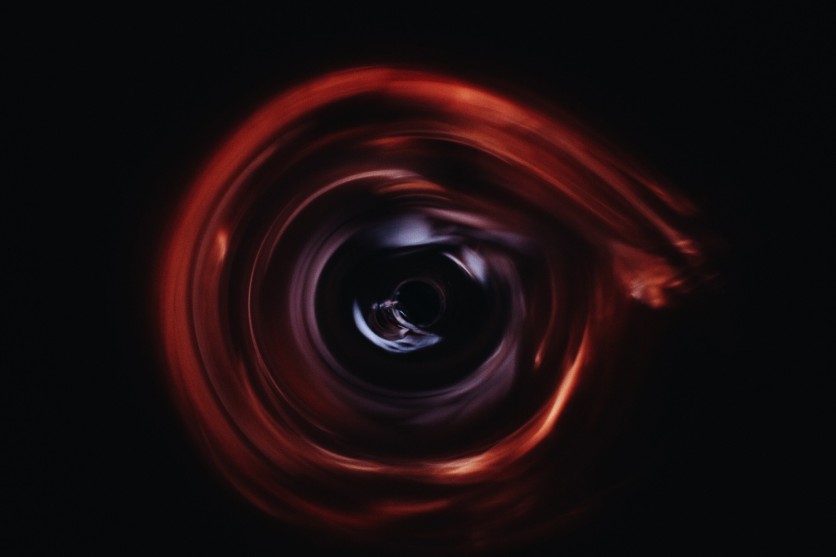It was in 2019 when astronomers saw an example of a star that was shredded after it got too close to a massive black hole. The disruption occurred 215 million light-years from earth.

It enabled the University of California, Berkeley astronomers to study the optical light the stellar death focused on the light's polarization to understand what happened when the star was torn apart. They used the 3-meter Shane telescope at Lick Observatory in California fitted with the Kast spectrograph. The Last spectrograph can determine the light polarization over the full optical spectrum.
Their observations showed that a lot of the material of the star was blown away at high speed-up to 10,000 kilometers per second. It then formed a spherical cloud of gas that blocked a significant amount of high-energy emissions produced as the black hole gobbled up the remainder of the star, according to Phys Org.
Other observations showed that the optical light from that blast, which was labeled AT2019qiz, showed that most of the matter was launched outward in a powerful wind. However, the new data on the light's polarization tells astronomers that the cloud could be spherically symmetric.
This answers why many astronomers don't see high-energy radiation, like X-rays from any tidal disruption events that were observed over the years. This is because the x-rays which are produced by material ripped from the star and dragged into an accretion disk around the black hole are obscured from view. This happens due to the gas blown outward by the black hole's powerful winds.
Therefore, this gives astronomers a deeper understanding of what happens to gas around a black hole. There have been pieces of evidence that show that there is a strong wind that comes out of these events. And with these latest studies, strengthened the evidence.
What's interesting is that a significant fraction of the material in the star that spirals inward doesn't fall into the black hole, but is blown away from the black hole.
Also Read: Enormous Black Hole in Cosmic Halo Caught by Researchers, 15M Times the Mass of the Sun
Another set of observations showed that the light was very slightly polarized at about one percent. This suggests that the cloud had thinned enough to reveal the asymmetric gas structure around the black hole.
The light becomes polarized in which its electrical field vibrates in one direction when it sheds off electrons in the gas cloud.
Uncharted Territory
Still, this remains to be uncharted territory for tidal disruption events as polarization studies can be very challenging. Additionally, only a few people are trained and skilled in the technique globally, which is why this could take some time before they come to a conclusion.
However, since these tidal disruption events are so far away, it may be a struggle to resolve them.
Related Article: Supermassive Black Hole's 'Eating Habits' Imaged by Hubble Space Telescope and the Very Large Telescope
This article is owned by TechTimes
Written by April Fowell




